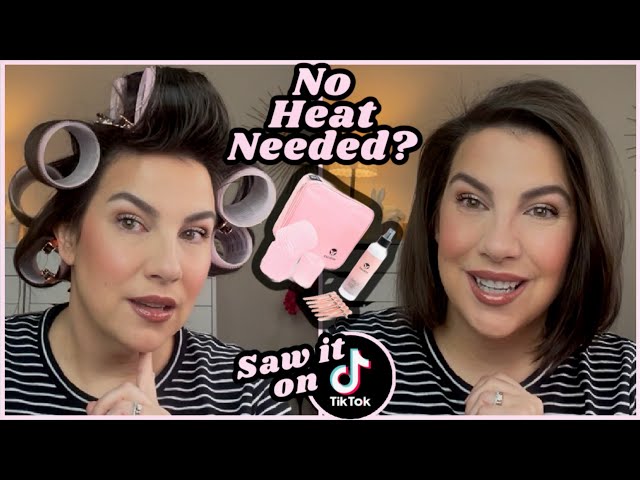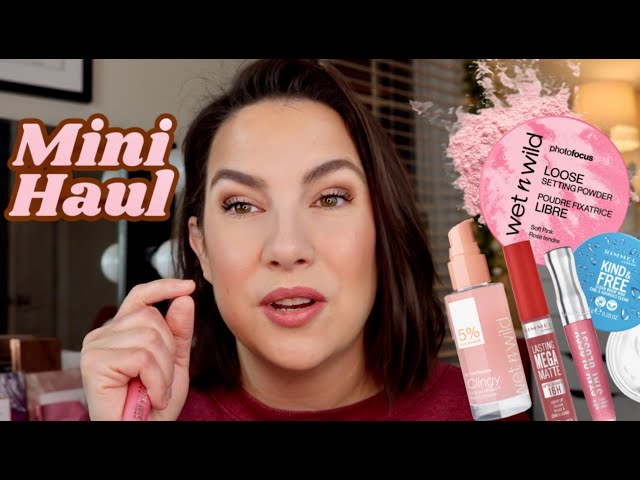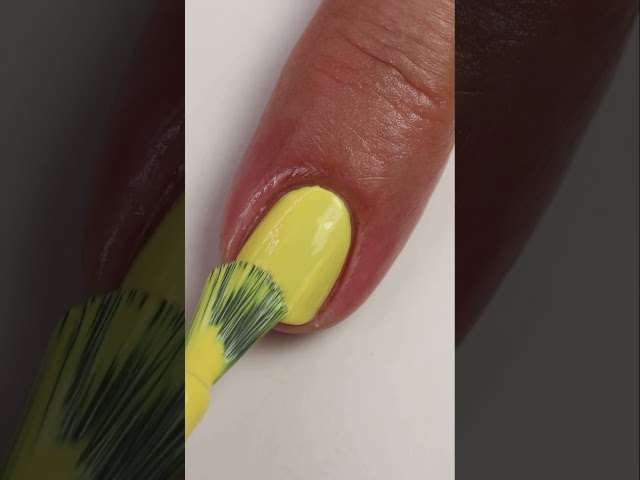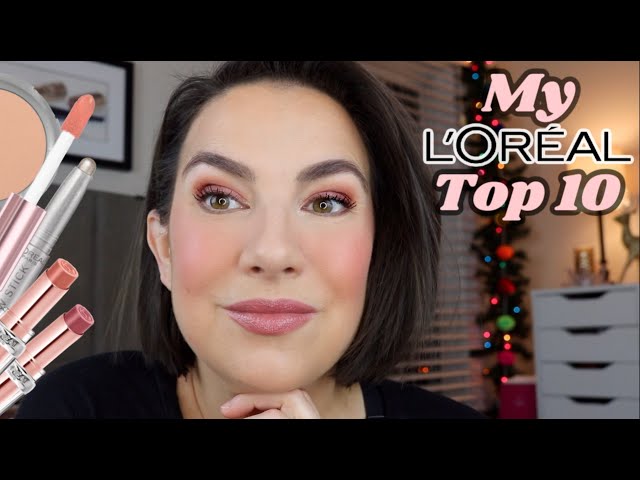Understanding Retinol
Retinol is a type of retinoid, derived from vitamin A, and is widely celebrated for its powerful skincare properties. For those navigating the vast world of skincare products, understanding retinol and its potential benefits is essential. As a potent ingredient, retinol can help address a variety of skin concerns, including fine lines, wrinkles, and uneven skin tone.
Essentially, retinol works by promoting cell turnover, encouraging your skin to shed old cells and replace them with new ones. This process helps refresh the skin’s surface and contribute to a healthier appearance. As with any skincare ingredient, it’s important to understand how to use retinol safely and effectively to maximize its benefits.
The Benefits of Retinol
Many consider retinol a multi-tasking miracle ingredient for various reasons:
- Anti-Aging: Retinol is renowned for its ability to diminish the appearance of fine lines and wrinkles. By promoting collagen production, it helps maintain skin elasticity and firmness.
- Acne Control: For those with acne-prone skin, retinol can help clear up blemishes and prevent future breakouts by unclogging pores and reducing inflammation.
- Even Skin Tone: Retinol’s ability to accelerate cell turnover can lead to a more even skin tone, reducing hyperpigmentation and dark spots over time.
How to Incorporate Retinol into Your Skincare Routine
When introducing retinol to your skincare regimen, it’s important to proceed with caution. Here’s a step-by-step approach to help you integrate retinol safely:
- Start Slow: Begin by applying a pea-sized amount of retinol product to your skin two to three times a week. Gradually increase usage as your skin adjusts to the product.
- Use at Night: Retinol is best applied in the evening as it can make your skin more sensitive to sunlight. Applying it at night allows the product to work without the risk of sun exposure.
- Moisturize: Follow up with a moisturizer to help soothe any potential dryness or irritation. Look for products with hydrating ingredients like hyaluronic acid or glycerin.
- Sunscreen is a Must: During the day, wear a broad-spectrum sunscreen to protect your skin from UV damage, as retinol can make it more susceptible to burning.
Choosing the Right Retinol Product
With a plethora of retinol products available, selecting the right one can be daunting. Here are some tips to guide your choice:
- Concentration Levels: If you’re new to retinol, start with a lower concentration (<0.3%) to minimize irritation. Once your skin builds tolerance, you can opt for higher concentrations.
- Formulation: Retinol is available in various forms, including creams, serums, and oils. Choose one that fits your skin type; for instance, creams are often more suitable for dry skin.
- Consult a Dermatologist: If you’re uncertain or have specific skin concerns, consulting a dermatologist can provide personalized recommendations on retinol use.
Potential Side Effects and How to Manage Them
It’s crucial to be aware of potential side effects when using retinol, such as redness, peeling, or irritation, especially when first starting out. Here’s how to manage these effects:
- Patch Test: Before full application, conduct a patch test to ensure your skin doesn’t adversely react to retinol.
- Hydration is Key: Keep your skin well-hydrated to counteract dryness. Opt for a gentle, fragrance-free moisturizer to restore moisture balance.
- Listen to Your Skin: If you notice significant irritation, reduce retinol usage frequency or consult with a skincare professional for additional advice.
Overall, retinol can significantly enhance your skincare routine due to its notable benefits. By understanding how to incorporate it effectively and manage any side effects, you can enjoy healthier, more radiant skin. Remember, patience is crucial, as visible results often require consistent use over time.

















